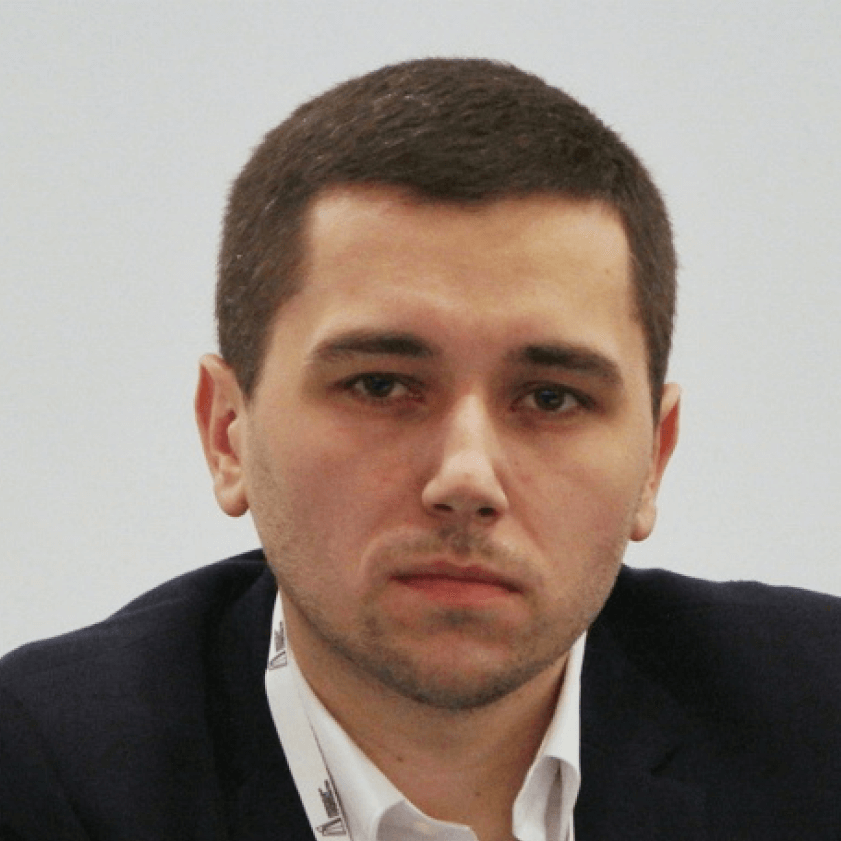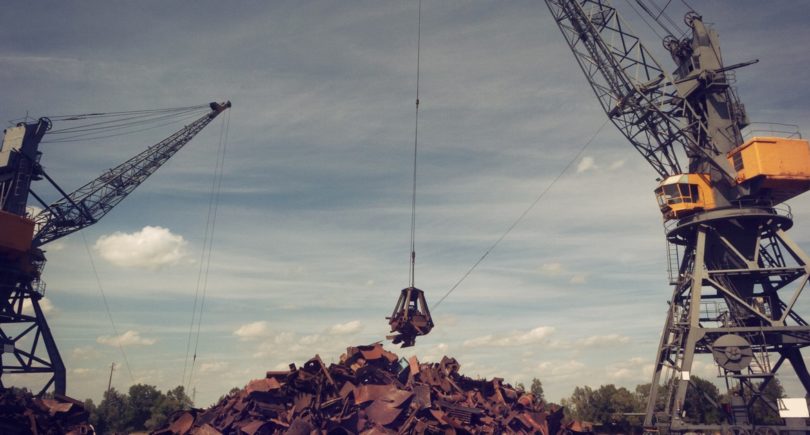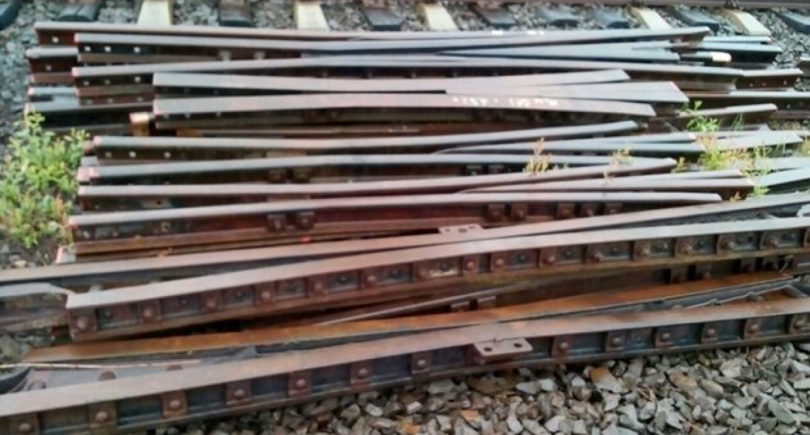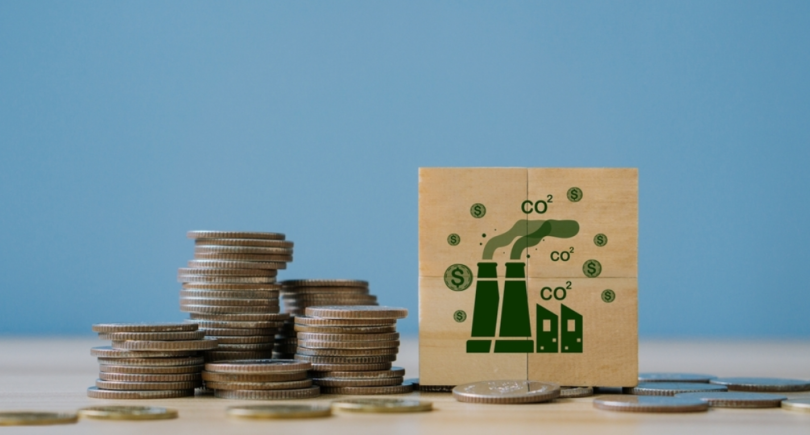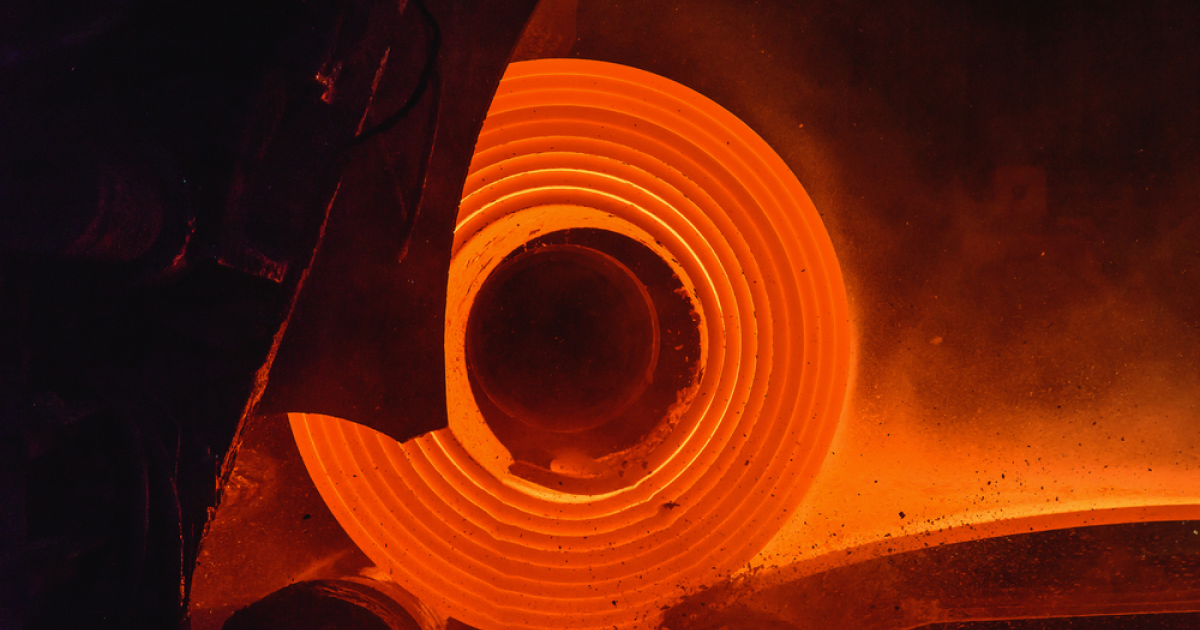
European steelmakers say energy prices remain a problem
The Steel and Metals Action Plan released by the European Commission correctly diagnoses the existential challenges facing the region’s steel industry. This is stated in a statement by the European Steel Association (EUROFER).
The association notes that it is necessary to take concrete measures quickly to stop the decline of the industry, restore a level playing field with global competitors, and stimulate investment and consumption of green steel in the market.
“From addressing unfair trade to closing loopholes in the Carbon Border Adjustment Mechanism to recognising the strategic and environmental value of steel scrap, the Action Plan identifies crucial areas for our sector. Now it’s time to implement meaningful solutions through ambitious measures,” said Dr. Henrik Adam, President of EUROFER.
Among the most important issues addressed by the document, the association, in particular, highlighted the strengthening of the EU trade defense tools to effectively counter foreign subsidies and dumping; eliminating loopholes, including resource shuffling, in CBAM; recognizing scrap as a strategic secondary raw material and stimulating investment in decarbonization by creating leading markets for low-carbon products.
However, as Adam emphasized, further work on reducing energy costs is crucial. High energy prices affect not only steel and metal production, but also entire European industrial value chains.
Kerstin Maria Rippel, Executive Director of the German Steel Industry Association (WVStahl), in turn, noted that the EC has sent a clear signal to support the competitiveness of the EU steel industry with its plan. In her opinion, the quick reaction – from the strategic dialogue to the publication of the document – shows that Brussels has recognized the seriousness of the situation.
The association notes that import pressure on the EU market – especially from the Asian region – has almost tripled over the past ten years. Every third ton of steel in the EU now comes from third countries. The new US steel tariffs threaten to further aggravate the situation.
From WVStahl’s point of view, the strengthening of EU safeguard measures from April 1, 2025 is quite logical, but further steps should also be taken without delay.
Rippel drew attention to the following: although the action plan gives a little more room for maneuver to ease the energy situation, a concrete concept of a competitive price for industrial electricity is still missing. Plans to create leading markets for clean steel should also be made more concrete. The Low Emission Steel Standard (LESS), developed jointly with WVStahl, could play a role.
As GMK Center reported earlier, on March 19, the European Commission released its Steel and Metals Action Plan, which proposes a number of steps, such as ensuring affordable and secure energy supply
preventing carbon leakage, protecting European industrial capacities, reducing decarbonization risks, etc.

